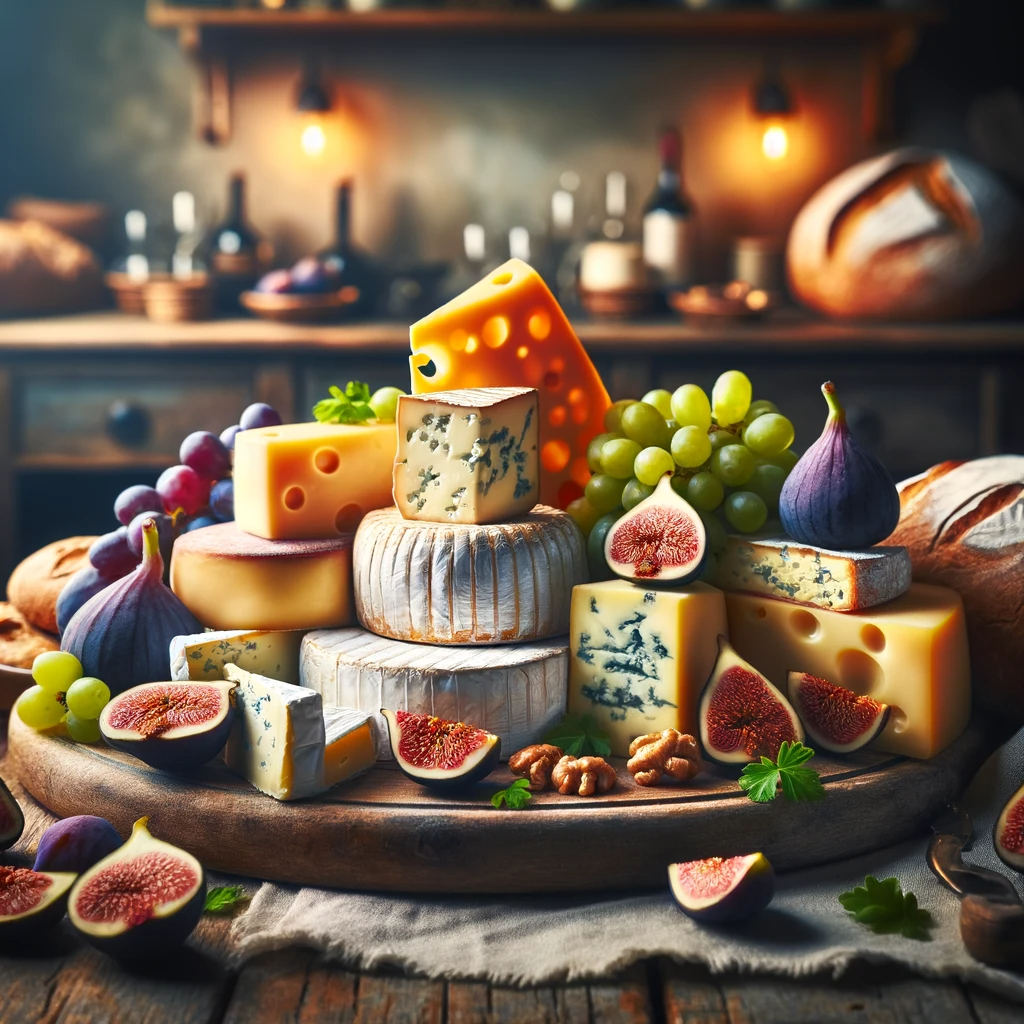Introduction
Cheese, a beloved dairy product enjoyed by millions around the world, is not only delicious but also a rich source of nutrients. To truly appreciate cheese, it’s essential to understand its ingredients thoroughly. In this comprehensive guide, we’ll delve into the world of cheese ingredients, exploring the primary components that make up this delectable food item.
The Basics of Cheese Ingredients
Cheese is made from milk, and the type used form the foundation of its flavor and characteristics. Here are the key ingredients that go into making cheese:
1. Milk
– The Primary Building Block: Milk is the primary ingredient in cheese production. Most cheeses are made from cow’s milk, but others can be crafted from goat’s, sheep’s, or even buffalo’s. The choice of milk influences the cheese’s taste, texture, and aroma.
– Raw vs. Pasteurized: Some cheeses are made from raw milk, while others use pasteurized milk. Raw milk cheeses often have a more complex flavor profile, but pasteurization is crucial for safety, as it kills harmful bacteria.
2. Starter Cultures
– Beneficial Bacteria: Starter cultures consist of specific strains of bacteria that kick-start the fermentation process. These bacteria convert lactose into lactic acid, which is critical for curd formation and flavor development.
– Variability: Different cultures yield different flavors and textures. Lactic acid bacteria are primarily used, but some cheeses incorporate specific strains, like Penicillium for blue cheeses.
3. Coagulants
– Curdling the Milk: Coagulants cause the milk to curdle and form curds. There are two main types:
markdown copy code
Rennet: Derived from animal sources or produced through microbial fermentation, rennet is a traditional coagulant. -Microbial Coagulants: These are vegetarian-friendly alternatives to animal-based rennet, suitable for vegetarian and vegan cheese production.
4. Salt
– Enhancing Flavor and Preserving: Salt is added to cheese for flavor enhancement and as a preservative. It also helps regulate moisture levels and slow down the growth of undesirable bacteria.
– Types of Salt: Different types of salt, such as sea salt or kosher salt, can be used, each imparting its unique characteristics to the cheese.
5. Optional Ingredients
– Herbs and Spices: Some cheeses incorporate herbs, spices, or other flavorings to enhance taste. For example, cheddar cheese can feature jalapeño peppers for a spicy kick.
– Mold Cultures: Certain cheeses, like Brie and Camembert, intentionally introduce mold cultures on the surface, contributing to their unique appearance and flavor.
The Cheese-Making Process
Understanding cheese ingredients also involves comprehending the cheese-making process. Here’s a simplified overview:
- Milk Preparation: The milk is heated and often pasteurized to eliminate harmful bacteria. It is then cooled to a specific temperature.
- Inoculation: Starter cultures are added to the milk, initiating fermentation.
- Coagulation: Coagulants are introduced to form curds, which are then cut into smaller pieces.
- Whey Separation: The curds and whey are separated, with the curds being further drained and processed.
- Salting: Salt is added, either directly to the curds or through brining.
- Ripening and Aging: The cheese is left to ripen and age, during which its flavor and texture develop.
Popular Cheeses and Their Ingredients
To better understand the influence of ingredients on cheese, let’s look at some popular varieties:
1. Cheddar Cheese
Ingredients:
- Cow’s milk
- Starter cultures
- Rennet or microbial coagulant
- Salt
2. Brie Cheese
Ingredients:
- Cow’s milk
- Starter cultures
- Penicillium mold
- Salt
3. Parmesan Cheese
Ingredients:
- Cow’s milk
- Starter cultures
- Rennet
- Salt
4. Goat Cheese
Ingredients:
- Goat’s milk
- Starter cultures
- Rennet or microbial coagulant
- Salt
Conclusion
Understanding cheese ingredients is the first step in appreciating the diversity and complexity of this culinary delight. The choice of milk, starter cultures, coagulants, and other ingredients plays a pivotal role in creating a wide range of cheese varieties, each with its own distinct flavor, texture, and appearance. So, the next time you savor a piece of cheese, you can do so with a deeper understanding of the ingredients that make it so special. Cheers to the world of cheese!
